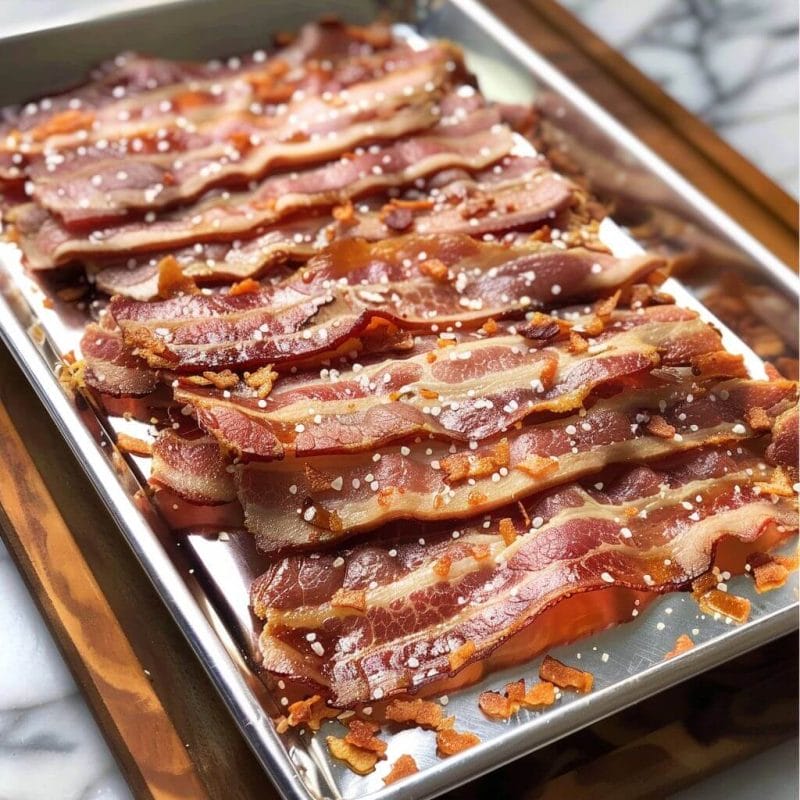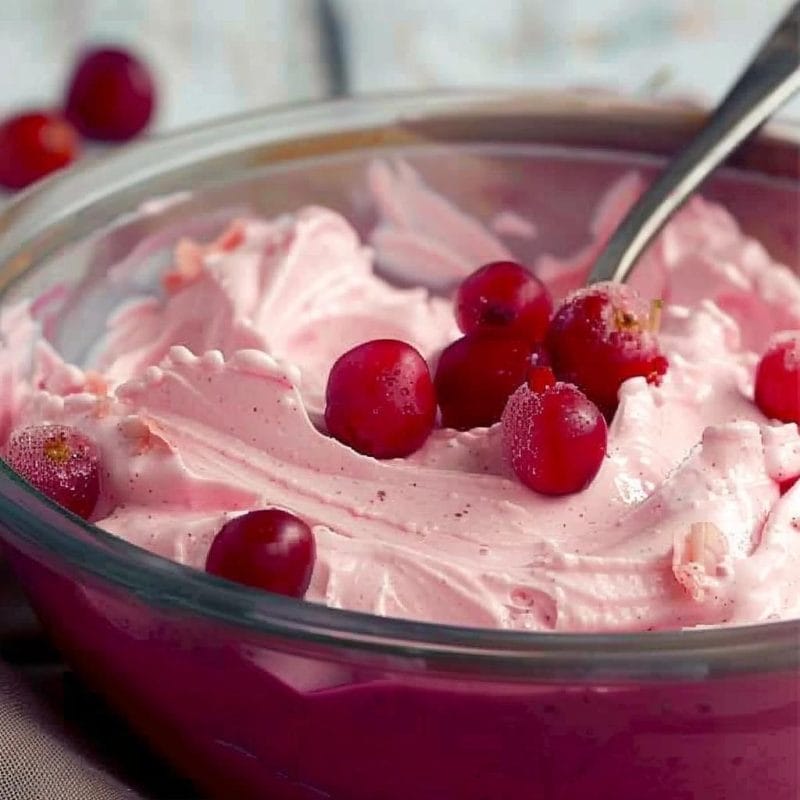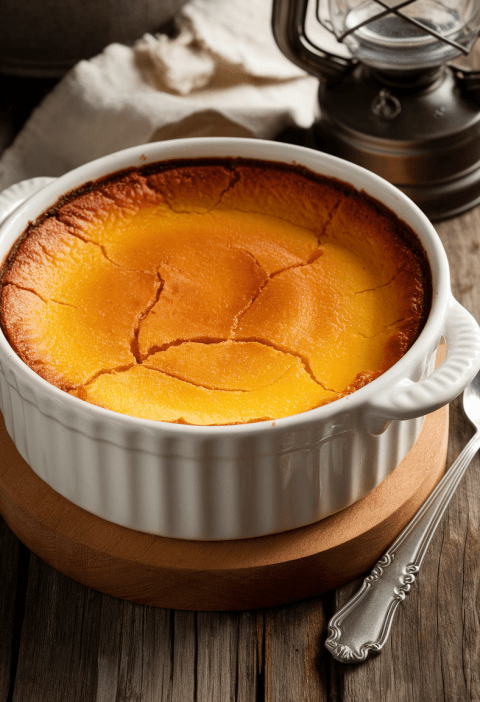Would you like to save this?
Peeling hard-boiled eggs can often feel like an exercise in patience. You’ve boiled your eggs to perfection, but when it comes time to peel, half of the egg white clings stubbornly to the shell, leaving you with a pitted, unsightly mess. If you’ve found yourself frustrated by this kitchen task, you’re not alone. Fortunately, there’s an incredibly simple hack that will make peeling hard-boiled eggs quick and easy, leaving you with smooth, flawless results every time.
My friend recently introduced me to this clever trick, and it has completely transformed the way I handle hard-boiled eggs. Say goodbye to battling with stubborn shells and hello to perfectly peeled eggs with minimal effort! Here’s everything you need to know about the “Shake and Roll” method, and why it works so well.
Why Are Hard-Boiled Eggs So Difficult to Peel?
Before jumping into the solution, it’s useful to understand why peeling hard-boiled eggs can be so challenging in the first place. The issue lies in the bond between the egg white and the membrane just beneath the shell.
When an egg is fresh, the egg white has a lower pH, which causes it to cling tightly to the membrane. As eggs age, the pH level rises, weakening this bond and making the egg easier to peel. However, even older eggs can be tricky to peel if not handled properly. This is where the “Shake and Roll” method comes in, making the process nearly foolproof.
The Hack: The Shake and Roll Method
This easy method leverages a bit of physics to separate the shell from the egg white without damaging the egg itself. All you need is a sealable container, some cold water, and your cooked eggs. Here’s a step-by-step guide to peeling hard-boiled eggs with ease.
Step 1: Boil Your Eggs
Start by boiling your eggs as you normally would. Place the eggs in a saucepan and cover them with cold water, ensuring there’s at least an inch of water above the eggs. Bring the water to a rolling boil, then reduce the heat and let the eggs simmer gently for about 9-12 minutes, depending on your preferred doneness.
Once done, immediately transfer the eggs to a bowl of ice water to halt the cooking process and cool them down quickly. Let them sit in the ice water for at least 5 minutes. This step is crucial as it prevents overcooking and helps loosen the membrane inside the shell.
Step 2: The Shake
After the eggs have cooled, it’s time for the magic to happen. Take one egg and place it inside a medium-sized, sealable container—something like a Tupperware container or a small jar with a lid works perfectly. Add just a little bit of cold water to the container, enough to cover the bottom, which will cushion the egg and assist in the shell removal process.
Seal the container tightly, then shake it vigorously for about 10-15 seconds. As you shake, the egg will knock against the sides of the container and the water, causing the shell to crack and separate from the egg white. You’ll hear the shell break, and that’s exactly what you want.
Step 3: The Roll
Once you’ve shaken the egg, open the container and take out the egg. You’ll notice that the shell is already starting to peel away on its own. To finish the job, place the egg on a clean countertop or between your hands, and gently roll it back and forth. The rolling motion will help dislodge any remaining bits of shell and make it easy to peel away in large sections.
Step 4: Peel and Rinse
With the shell loosened, peeling the egg will be a breeze. Use your fingers to carefully pull off the shell in large pieces. If you still find small bits of shell clinging to the egg, peel it under running water to wash them away effortlessly.
Why This Hack Works
The Shake and Roll method is so effective because it combines several techniques that make peeling easier:
- Shaking in the Container: The vigorous shaking cracks the shell uniformly and loosens the membrane from the egg white. The small amount of water inside the container prevents the egg from sticking to the sides and provides a cushion, so the egg isn’t damaged.
- Cold Water Bath: Cooling the eggs in ice water immediately after boiling causes the egg to contract slightly, further loosening the membrane’s grip on the egg white.
- Rolling Motion: Rolling the egg helps dislodge any remaining shell pieces, making it easy to peel without tearing the egg white.
Additional Tips for Perfectly Peeled Eggs
While the Shake and Roll method is incredibly effective, here are a few extra tips to ensure your eggs peel perfectly every time:
1. Use Older Eggs
As mentioned earlier, fresh eggs are harder to peel because the egg whites stick more tightly to the shell membrane. If possible, use eggs that are at least a week old for hard-boiling.
2. Add Baking Soda to the Water
Adding a teaspoon of baking soda to the boiling water can increase the pH of the egg whites, making them easier to peel. This is especially helpful if you’re using fresh eggs.
3. Peel Right After Cooling
While it’s important to let the eggs cool, don’t wait too long to peel them. The longer the eggs sit, the more the membrane can reattach to the egg white, making peeling more difficult. Aim to peel the eggs within a few hours of boiling.
4. Store Peeled Eggs in Water
If you’re peeling multiple eggs and want to store them for later, place the peeled eggs in a bowl of cold water and keep them in the fridge. This helps maintain their freshness and prevents them from drying out.
5. Peel Under Running Water
If small pieces of shell remain stuck to the egg, peel the egg under running water. The water helps lift the shell away and rinses off any small fragments.
Conclusion: Say Goodbye to Frustrating Peeling!
Peeling hard-boiled eggs doesn’t have to be a frustrating task that leaves you with half of the egg still stuck to the shell. With the Shake and Roll method, you can easily and quickly peel eggs without hassle. This hack has transformed the way I prepare eggs, and I’m confident it will do the same for you. Whether you’re making egg salad, deviled eggs, or just enjoying a simple snack, you’ll be able to peel your eggs perfectly every time. Give this method a try, and you’ll wonder how you ever peeled eggs without it!







